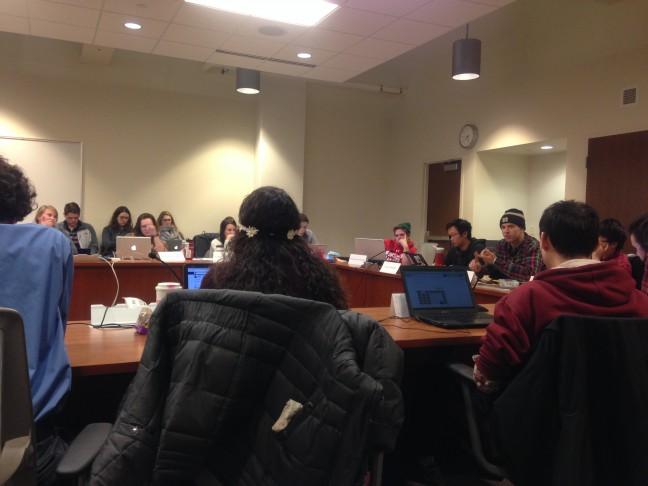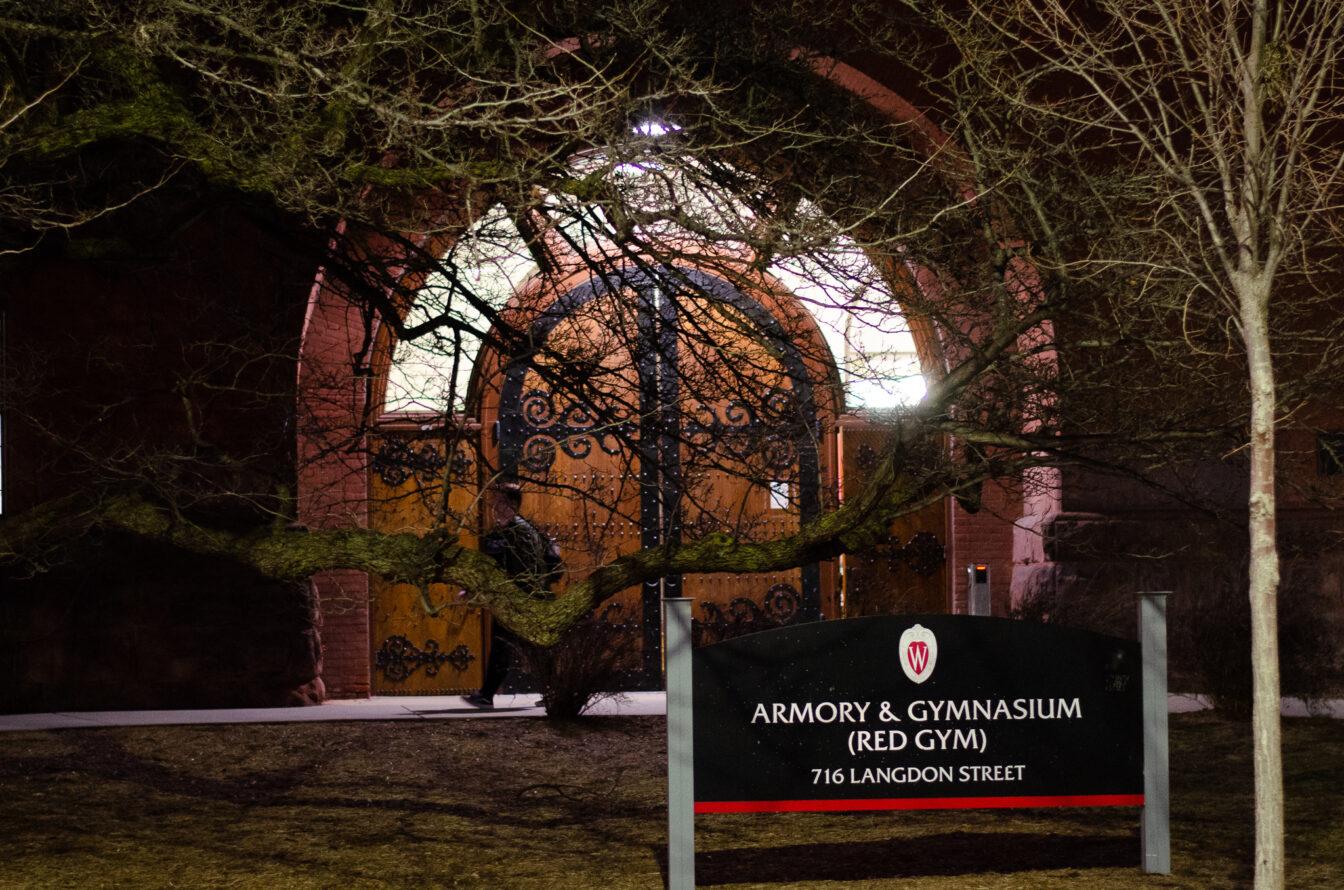In many universities in the Big Ten and across the nation, student organizations are funded by segregated fees, charges on top of tuition costs. In some cases, these fees are required by law to be distributed by a committee of students.
At the University of Wisconsin, the Student Services Finance Committee makes recommendations to the student government about how to allocate students’ segregated fees.
In fiscal year 2014, students paid a total of $43,313,931.36 in seg fees, according to ASM’s website.
UW’s student government controls the largest pool of funding in the Big Ten, as reported by the Daily Illini.
The University of Illinois’ student government, the Illinois State Senate, receives the least amount of funding annually, Jones said. However, this is primarily due to their unique government structure, she said. Each year, the student government gets $39,000 from the Office of the Vice Chancellor for Student Affairs, she said.
Illinois has the lowest amount of funds in comparison to any other Big Ten school due to a decentralized process, as reported by the Daily Illini.
Commonly, a student government receives a sum of money and is able to fund a club or host events using that funding. Instead, their model is broken down into many different entities such as the Student Organization Resource Fee Board, Illini Union Board and Illinois Student Senate, the article states.
SORF Board is most comparable to UW’s SSFC in that it funds registered student organizations on the Illinois’ campus. SORF Board receives $5.50 from each student a year to serve as funding, according to the Illini Union site.
Similarly, Michigan State University had a three-tiered system, Dominique Clemens, vice president of the Funding Board in the Associated Students of Michigan State University, said. In this model, the Student Funding Board allocated money to student organizations, the Programming Board distributed money to the Council of Racial and Ethnic Student and Council of Progressive Student groups and the Research Board gave money to individuals invested in research studies.
Funding Board is a branch of ASMSU and is funded by a student tax system, which is the closest analogous system to UW’s segregated fees.
However, Clemens said next year all three boards will combine to form the Student Allocations Board, although the process of funding distribution will not change. Currently, more than 650 registered student organizations are eligible for funding and can apply once each year at MSU. Funding for these groups caps at $4,500, he said.
Funding is done on a reimbursement basis through which each group is required to front them the money and submit detailed documentation of their expenses to receive money, Clemens said.
Individually, each student at Ohio State pays $37.50 per semester in student activity fees, according to the Ohio Union website. This amounts to approximately $4 million dollars, 12.75 percent of which goes toward student organizations, site says. This money is controlled by Ohio State’s Undergraduate Student Government, their site states.
The Purdue Student Government enacted a student activity fee only two years ago, according to the Purdue Exponent.
Attempts to get it passed a couple years before, but every time it was up for a student vote, it was rejected.
A fee was set up strictly to fund the construction of a recreational center, but after the building process was complete, the fee did not go away and was simply renamed. The fee has gone up every year but will remain at a $30 cap, according to the Exponent.
The fee is allocated under the Student Fee Advisory Board, Purdue Student Government website states. Some of the money goes to the Student Organization Grant Allocation Board, and the rest goes toward whatever SFAB decides, site said.
SOGA has a similar set of eligibility criteria as SSFC.
When it goes through SOGA, groups have to apply to get the money and they have to provide evidence that it comes from a student-based idea and it will benefit the student body, according to SOGA’s website.
In many of these student governments, the issue of which groups should receive funding and which should not is a recurring topic of discussion.
At Purdue, the Exponent reported some senators walked out of a meeting to prevent a vote for allocation from occurring.
Kristin Mitchell, former Editor-in-Chief at Ohio State’s The Lantern, said generally speaking, most students don’t think USG does anything and don’t see its impact in a day-to-day sense.
In the case of UW, the conversations surrounding student government are not all that different.
Just this year, debate arose in ASM over funding to the Multicultural Student Coalition and the Medieval Warriorcraft League, which partially contributed to a revision of SSFC’s eligibility criteria that passed last month.
This new criteria will take effect at SSFC’s first meeting next year.



















